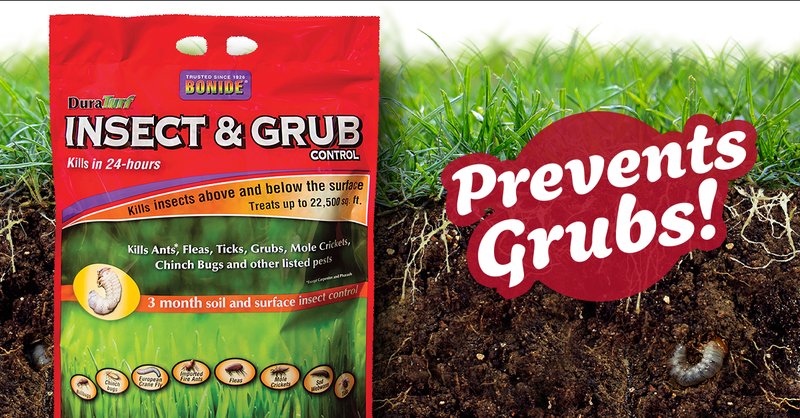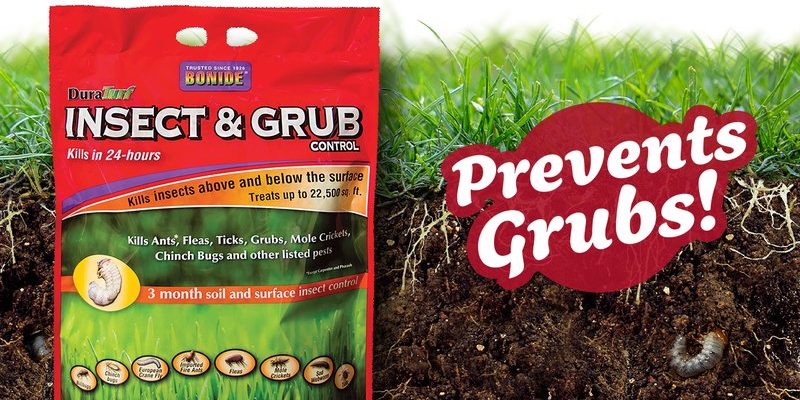
Think of preventing grub worms as nurturing a good garden party. You wouldn’t want to invite pests, would you? Instead, you’d create an environment that keeps them away. By using natural methods, you can protect your lawn while keeping it healthy and vibrant. Let’s dive into some effective strategies to keep those grubs at bay in the most eco-friendly way possible.
Understanding Grub Worms: The Basics
Before we jump into prevention, it’s essential to understand what grubs are. These little critters start as eggs laid by adult beetles in the soil. When they hatch, they begin to feed on grass roots, which can lead to wilting and dying grass. If you notice patches of brown grass in your yard, it might be time to investigate.
Grubs thrive in moist soils and prefer lawns that are rich in organic matter. They’re most active during the warm months of late summer into fall, which is when you’ll likely discover damage. **Recognizing grubs early** can help you take action before they wreak havoc on your lawn.
Encouraging Beneficial Insects
One of the easiest ways to prevent grub worms is by **inviting their natural predators** into your garden. Birds, bats, and even certain insects—like nematodes—can keep grub populations in check.
Imagine your garden as a little ecosystem. By adding bird feeders or bat houses, you can attract these helpful creatures. You might also consider planting certain flowers that attract beneficial insects, like ladybugs and lacewings. These critters will munch on the grubs, helping to maintain a healthy balance.
Using Nematodes
Nematodes are tiny, microscopic worms that seek out and destroy grubs. They can be applied to your lawn in the early morning or late evening when it’s cooler, as they thrive in moist environments. You can find nematodes at garden centers or online.
When you apply them, make sure to follow the instructions carefully. Typically, you’ll mix them with water and then spray them across your lawn. In no time, these little warriors will help keep grub populations down naturally!
Maintaining Healthy Soil
Healthy soil makes for a robust lawn, and a robust lawn can resist grub infestations. Start by testing your soil to see what nutrients it might lack. Many garden centers offer soil testing kits, or you can send a sample to a local extension office.
Once you know what’s needed, consider adding organic matter like compost. This not only nourishes your grass but helps improve drainage. Healthy grass roots can withstand grub damage much better than weak ones.
Proper Watering Techniques
Watering your lawn might seem straightforward, but **the timing and technique matter** for preventing grubs. Grubs thrive in moist soil, which means overwatering can create a perfect environment for them. Instead of daily light watering, aim for deeper, less frequent watering. This encourages grass roots to grow deeper and makes your lawn less inviting to grubs.
Try to water early in the morning. This allows the grass to dry out during the day, making it less hospitable for pests. Plus, you’ll save water, which is always a win!
Using Mulch Wisely
Adding mulch to your garden beds can also be a helpful strategy. Mulch helps retain soil moisture and can deter beetles from laying eggs in the first place. Use organic mulch, like wood chips or straw, which will decompose and enrich the soil over time. Just be careful not to pile it too high against the base of plants, as this could encourage rot.
Practicing Crop Rotation
If you’re growing vegetables or plants that are susceptible to grubs, consider practicing crop rotation. This means changing where you plant certain crops each year. By doing this, you disrupt the life cycle of grubs and reduce their chances of returning.
For example, if you had potatoes in one spot this year, plant tomatoes or beans there the next. Not only does this keep grubs guessing, but it also improves soil health and reduces the risk of disease.
Monitoring and Manual Removal
Sometimes, the best solution is just to keep an eye on your lawn. Regularly inspect your grass for signs of grubs or damage. If you do spot some, take action right away! You can manually remove grubs by digging up small patches of turf and hand-picking them out.
It might feel tedious, but it can be effective, especially in small areas. Just remember to patch up the holes afterward!
Final Thoughts
Keeping your lawn free from grub worms doesn’t have to involve harsh chemicals or toxic sprays. With a mix of natural methods, good practices, and some patience, you can nurture a healthy lawn that resists these pesky invaders.
By encouraging beneficial insects, maintaining soil health, practicing smart watering, and staying vigilant, you’ll create a thriving lawn that’s the envy of the neighborhood. So, grab a drink, head outside, and enjoy your beautiful, grub-free space!

